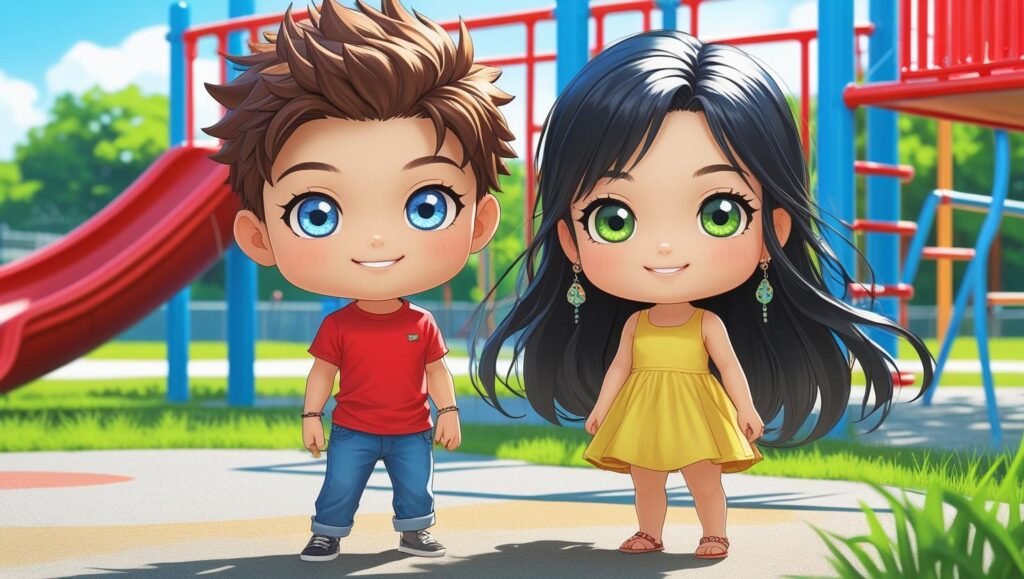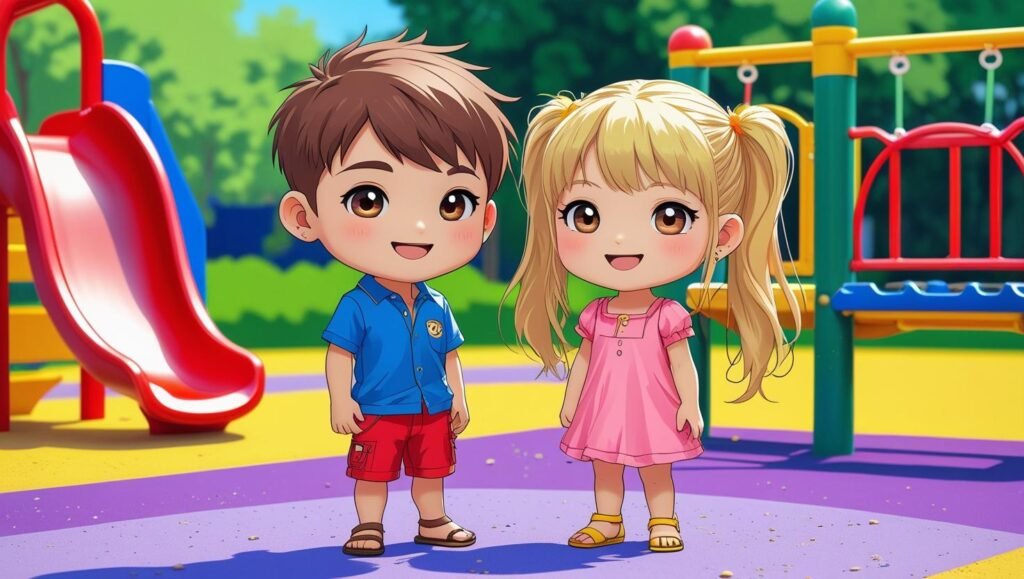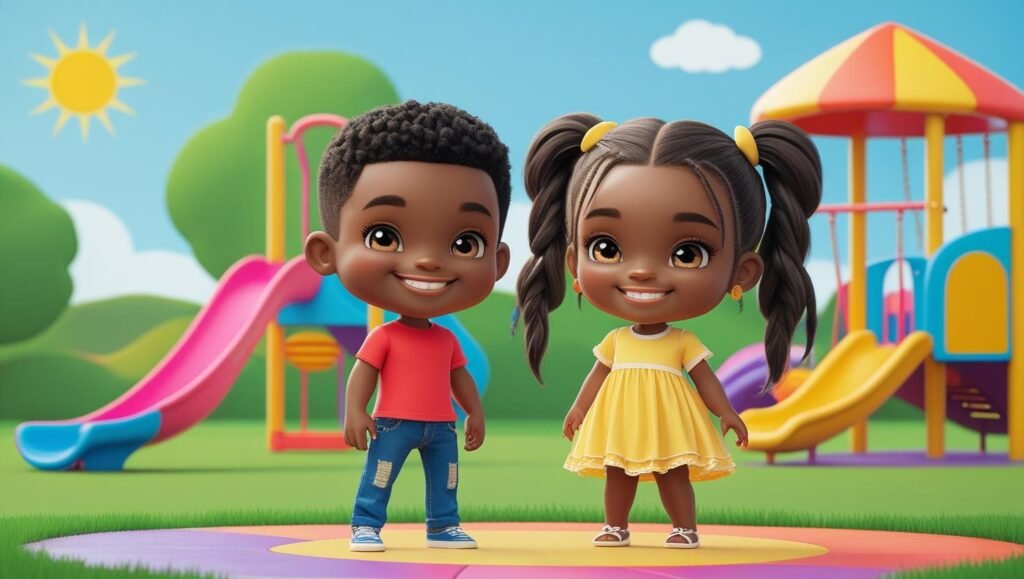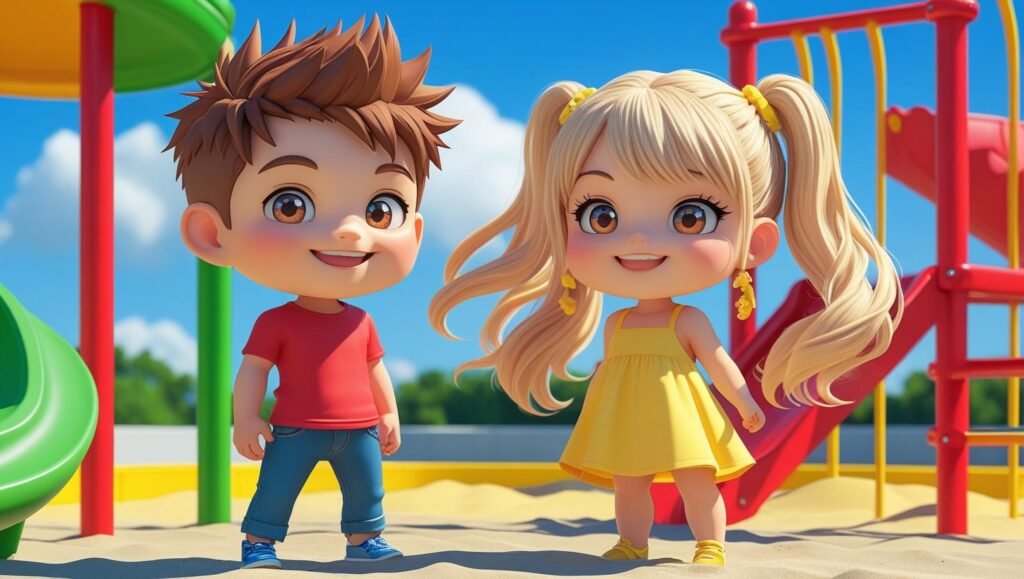
Simple steps to cute anime art
Understanding Chibi Proportions
Chibi characters are characterized by their large heads and small bodies. This exaggerated style is what makes them so appealing. The most common proportion for a chibi is a 2:1 head-to-body ratio, meaning the body is roughly the same size as the head. Some artists use a 3:1 ratio for a slightly taller chibi, or even a 1:1 ratio for an even cuter style.
Consider these key aspects of chibi proportions:
- Head Size: Emphasize the head. It’s the focal point.
- Body Size: Keep the body simple and small.
- Limb Size: Limbs are usually short and stubby. Avoid detailed musculature.
- Simplified Features: Facial features are large and expressive, while other details are minimized.
| Mastering Cute Expressions |

Expressions are key to bringing your chibi characters to life. Exaggerate emotions for maximum impact. Here’s how:
- Eyes: Large, sparkling eyes are essential. Use highlights to add a sense of vibrancy and innocence. Experiment with different shapes (round, oval) to convey various emotions.
- Mouth: Keep the mouth simple. A small, upturned mouth conveys happiness, while a downturned mouth indicates sadness. Exaggerate the size for emphasis.
- Eyebrows: Eyebrows play a crucial role in conveying emotions. Arched eyebrows show surprise, while furrowed eyebrows indicate anger or frustration.
- Blush: Add blush marks on the cheeks to enhance the character’s cuteness and shyness.
- Simplified Emotions: Exaggerate emotions, like huge tears for sadness or stars in the eyes for excitement.
Don’t be afraid to experiment with different expressions to find what works best for your character.
| Simple and Appealing Poses |

Chibi poses should be dynamic and engaging, despite their simplified form. Here are some tips for creating appealing poses:
- Action Lines: Use action lines to indicate movement and energy. Swirls, curves, and speed lines can add a sense of dynamism.
- Gestures: Focus on clear and concise gestures. A simple wave, a cheerful jump, or a cute curtsy can speak volumes.
- Asymmetry: Avoid stiff, symmetrical poses. Slightly tilt the head, bend an arm, or shift the weight to create a more natural and dynamic look.
- Props: Use props to add personality and context to your character. A lollipop, a teddy bear, or a tiny sword can enhance the story you’re telling.
- Balance: Make sure the pose looks balanced. Exaggerated movements can be fun, but ensure the character doesn’t appear to be falling over.
Reference real-life poses to understand weight distribution and natural movements. Then, simplify and exaggerate those poses to fit the chibi style.
| Summary |

This guide covered the fundamentals of drawing chibi characters, emphasizing their distinctive proportions, expressive faces, and dynamic poses. Remember to practice regularly and experiment with different styles to find your unique chibi voice. Happy drawing!
